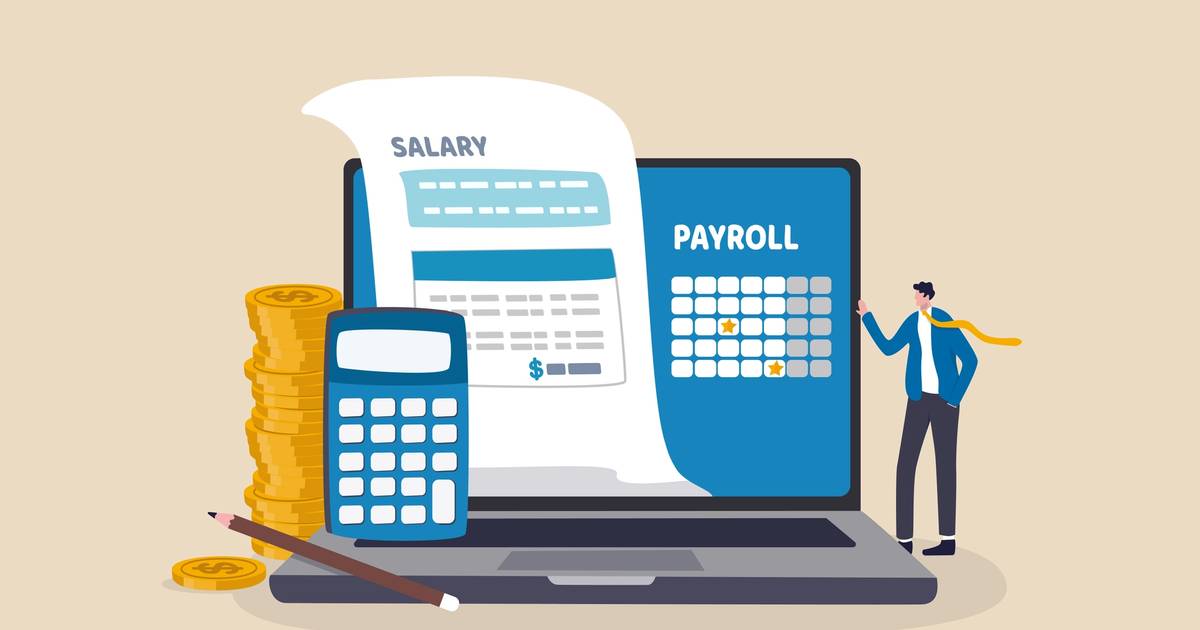Meet ‘Ava Cado,’ Chipotle’s AI-powered hiring platform, which is at the heart of the current Chipotle burrito season hiring push. The company aims to bring a much-needed efficiency with Ava Cado as it onboards 20,000 additional employees in the coming weeks. Chipotle’s AI hiring spree comes at a time when the rise of automation has led to widespread layoffs in 2025, leaving many wondering whether AI is merely a tool for workforce reductions or if it can, in fact, also drive job creation. Chipotle’s approach suggests the latter; using AI not as a replacement to human workers but as a means to streamline processes without laying off workers.
Ava Cado will ensure that Chipotle’s 3,700 restaurants are staffed for “Burrito Season,” the Mexican Grill’s busiest time of the year running from March to May.
“‘Burrito Season’ presents candidates with an opportunity to start here, stay here and reach their career goals with us,” Ilene Eskenazi, chief human resources officer, said in a company press release. “As current team members have demonstrated, our restaurants can be the foundation of a fulfilling career, and we’re committed to bringing in the best candidates who share our values and onboarding them as efficiently as possible.”

Chipotle’s AI-powered hiring platform Ava Cado has shortened the average hiring timeline from 12 days to just four, allowing new employees to start work faster.
In addition to Chipotle hiring 20,000 additional employees, the Mexican Grill is also rolling out a new employee benefit and TV ads showcasing its real team members to help attract talent for the additional job openings.
What Chipotle’s AI Hiring Spree Has Achieved So Far
Chipotle’s partnership with Paradox to roll out Ava Cado has fared well. The numbers speak for themselves. With the help of Ava Cado, Chipotle is now able to chat with candidates, schedule interviews, and send job offers in 4 languages; all without human intervention. What’s notable is that, Ava Cado has delivered tangible results in Chipotle’s AI hiring spree.
- It has shortened the average hiring timeline from 12 days to just four, allowing new employees to start work faster.
- It has doubled Chipotle’s applicant flow ensuring a smoother and stronger talent pipeline.
- It has boosted candidate application completion rates from approximately 50% to over 85%.
There is no denying that Chipotle’s burrito season hiring could serve as a compelling case study for companies still clueless about the role of AI in the workplace. Unfortunately, there are strong concerns about AI replacing jobs amid widespread AI-triggered layoffs in 2025. Those who are cautiously optimistic about AI should look at Chipotle’s success which suggests AI can be harnessed to boost, rather than reduce, jobs in 2025.
Chipotle, which aims to expand to 7,000 locations across North America, is making a concerted push to attract talent through its Chipotle burrito season hiring campaign.
An AI Hiring Spree With Perks to Match
Alongside its Chipotle AI hiring spree, the company is rolling out a crew bonus which allows its restaurant employees the opportunity to earn an extra month’s worth of pay each year; free access to the Calm app; access to mental health care and English as a second language courses for employees and their families; tuition reimbursement and debt-free college degrees; free meals and more.
The Mexican Grill’s new “Behind the Foil” national TV ads will feature real employees at its restaurants in an effort to highlight career growth opportunities and attract fresh talent for additional job openings.
Internal promotion has remained the cornerstone of Chipotle’s approach to filling positions. Last year alone, the company promoted 23,000 team members, with 85% of all restaurant management promotions coming from within. Notably, five of its 11 regional vice presidents began their careers as crew members, rising through the ranks to manage operations generating more than $1 billion in sales.
In an industry that’s often criticized for high turnover, Chipotle is betting on AI-powered recruitment and internal mobility to make its talent pipeline more robust for the future.









